Adapting Speech Devices for Outdoor Activities


Bridging the Gap Between Indoor and Outdoor Speech Support
Outdoor environments offer unique opportunities for communication, recreation, and therapy for individuals with speech and hearing impairments. However, these settings pose various challenges that require specialized adaptations and assistive technologies. This article explores strategies, modifications, and technological enhancements necessary to effectively adapt speech devices for outdoor activities, ultimately fostering inclusive experiences that promote communication, social participation, and well-being.
Utilizing Outdoor Communication Boards and Signage

What assistive technologies support outdoor communication needs effectively?
Ensuring effective communication in outdoor settings involves a range of assistive technologies specifically designed for durability and clarity. Robust speech-generating devices and portable AAC (augmentative and alternative communication) tools are built to withstand outdoor conditions, making them essential for users with speech disabilities.
Wireless accessories play a crucial role; Bluetooth-enabled microphones and speaker systems help relay clear audio in noisy environments. Hearing loop systems, which use electromagnetic energy, are integrated with many hearing aids, allowing users to receive direct sound transmissions. FM systems, transmitting via radio waves, and infrared devices, suitable for private or sensitive environments, further enhance sound clarity.
Personal amplifiers and visual aids like portable picture boards enable users to engage more successfully in outdoor activities. These technologies are complemented by environmental modifications such as accessible signage, which uses symbols and clear instructions to facilitate understanding.
Combined, these tools and adaptations support effective communication, increase independence, and promote more inclusive outdoor experiences for individuals with speech and hearing challenges.
Incorporating Play and Therapy Activities in Natural Settings
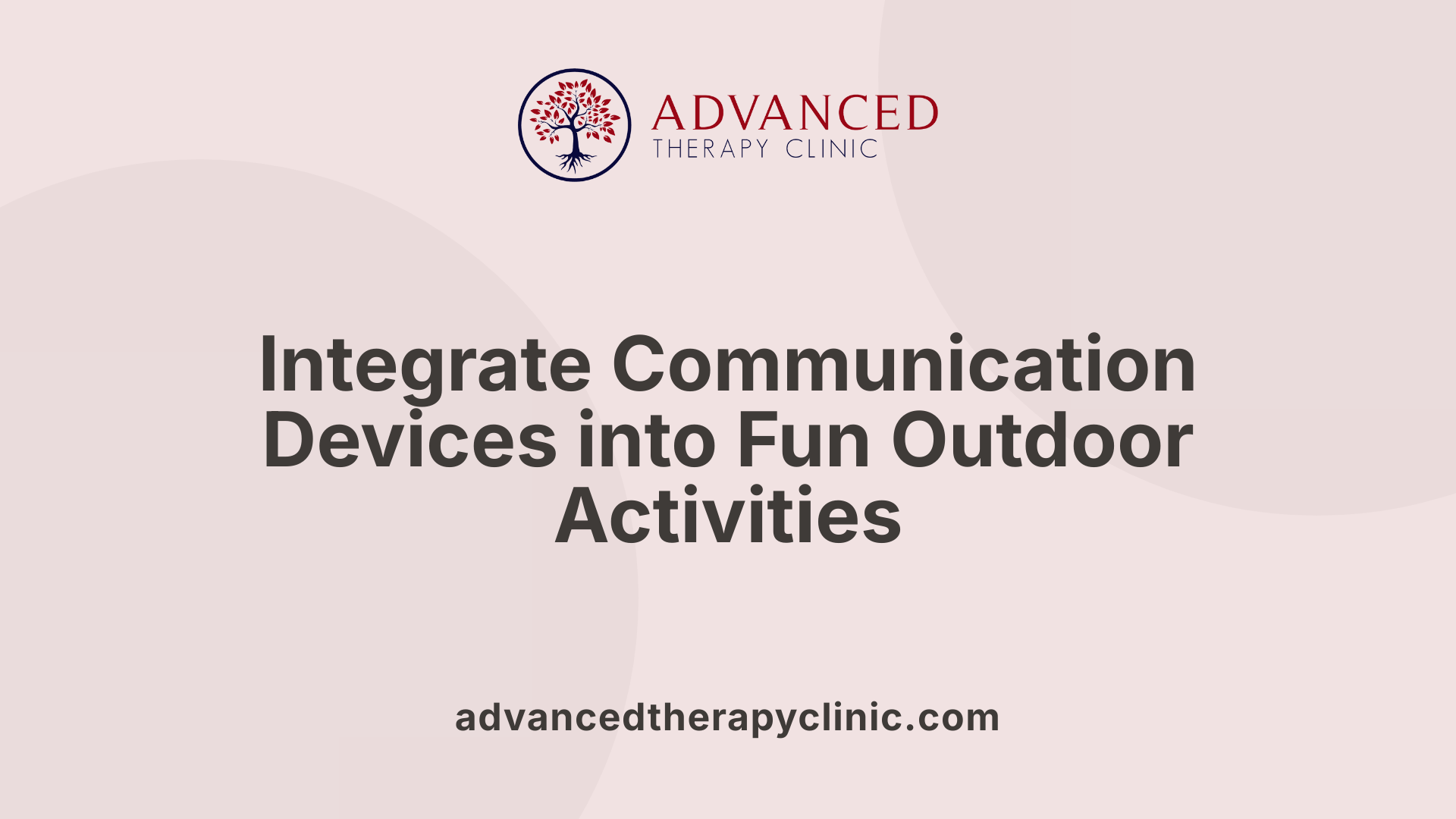
How can outdoor speech therapy activities be implemented using adapted speech devices?
Outdoor speech therapy offers a dynamic environment where individuals can practice their communication skills amidst natural stimuli. To make the most of these settings, therapists can utilize adapted speech devices such as speech-generating devices, AAC (augmentative and alternative communication) tools, or electronic communication boards tailored to each client's needs.
Proper selection and portability are crucial. Devices should be durable enough to withstand outdoor conditions and easy for users to carry and operate during activities like nature walks or playground games. Training sessions for both therapists and users ensure devices are used effectively, maximizing communication in various outdoor contexts.
Therapists can design exercises that incorporate outdoor stimuli—like describing objects, responding to environmental prompts, or participating in group games—using these devices. For example, using an electronic communication board during a nature walk can help a child label plants or animals correctly.
Additionally, assistive listening systems such as FM or infrared devices can improve auditory clarity in noisy outdoor areas. These systems work with or without hearing aids, enhancing the person’s ability to engage in dialogue.
Advancements in wearable technology, like smart glasses or sensors, also support real-time feedback, tracking movements, or providing tactile cues, which helps reinforce speech and motor coordination.
In sum, integrating adapted speech devices into outdoor speech therapy not only facilitates targeted communication practice but also takes advantage of natural, engaging environments that motivate users and promote functional language use in real-life situations.
Technological Enhancements for Outdoor Communication Devices

What technological enhancements are available to support outdoor use of augmentative and alternative communication devices?
Supporting outdoor use of AAC devices requires innovative technological features to adapt to environmental challenges. One significant enhancement is weatherproofing, which protects devices from rain, dust, and varying temperatures, ensuring they remain functional in outdoor conditions.
To improve usability during bright daylight, devices are now equipped with outdoor visibility screens. These displays are designed for high contrast and anti-glare features, making text and symbols easier to read when sunlight is intense.
Wireless connectivity plays a vital role by enabling seamless communication over Wi-Fi or cellular networks. This reduces the need for bulky hardware and allows users to access cloud-based speech-generating applications, update software, or share data without physical connections.
Portable power solutions, such as high-capacity batteries and energy-efficient components, extend device usage time outdoors, where charging options may be limited. Innovations include solar-powered accessories that can recharge devices during outdoor activities.
Advanced signal sensing methods are also crucial. Eye gaze tracking technology assists users with severe motor impairments by enabling control through eye movements. Similarly, motion sensors can detect user gestures for communication. Brain–computer interfaces, although still emerging, have the potential to interpret neural signals for direct communication.
Community-installed outdoor communication stations are expanding access in parks, playgrounds, and community centers. These stations are equipped with adaptive features like video visual scene displays, which present real-world images linked to vocabulary, and movement-sensing devices that trigger responses based on physical activity.
Research and community initiatives aim to improve the robustness, affordability, and portability of these technologies, making outdoor communication accessible for all users, regardless of environmental conditions or physical abilities. Such advancements sustain ongoing efforts to foster inclusivity and enhance quality of life for individuals with speech and motor impairments.
Best Practices for Outdoor Use of Speech Devices
What are best practices for integrating speech devices into outdoor recreational and therapy activities?
Using speech devices effectively in outdoor settings requires careful planning and preparation. One of the first steps is to perform pre-activity checks of the devices. This includes ensuring that the devices are fully functional, properly charged, and protected from weather elements such as rain, dust, and extreme temperatures. Weather-resistant cases or rugged accessories can help safeguard the electronics and maintain device durability.
Training users is essential. They should be familiar with outdoor operation, including how to turn devices on and off, select appropriate settings, and troubleshoot minor issues. Providing instruction on handling devices in various environmental conditions boosts confidence and minimizes disruptions during activities.
Designing activities that embrace the outdoor environment can significantly enhance communication opportunities. For example, nature walks, gardening, outdoor art projects, scavenger hunts, and snow activities create natural contexts for practicing descriptive language, requesting items, and social interaction. These activities can be tailored to target specific speech and language goals while leveraging sensory stimuli found outdoors.
Choosing suitable accessories is also important. Waterproof covers or rugged cases prevent damage from moisture, dirt, or accidental drops. Incorporating portable mounts or stands allows devices to be easily accessible and stable during active outdoor play.
Planning for environmental factors like noise levels, weather changes, and safety concerns helps ensure a smooth experience. For example, scheduling activities in quieter times or using noise-reducing accessories can improve device use. Safety measures, such as supervision and avoiding hazardous terrains or weather conditions, are vital.
Overall, integrating AAC devices into outdoor activities involves thoughtful preparation, user training, and activity design that promote engagement, language development, and safety. When done well, outdoor therapy and recreational use can foster meaningful communication skills, increase motivation, and make therapy sessions more enjoyable and effective for individuals relying on AAC.
Modifications Enhancing Usability and Accessibility
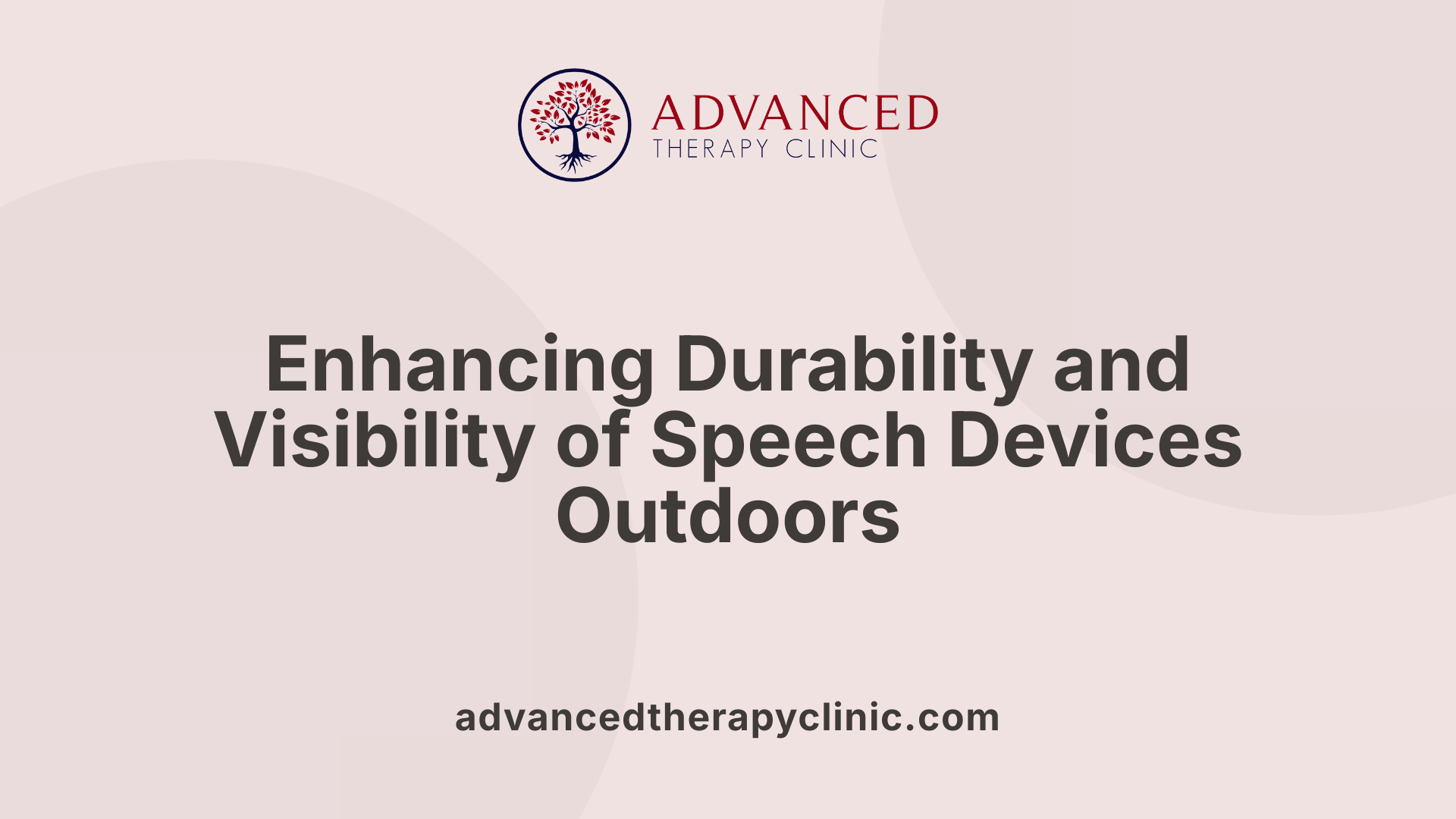
What modifications can improve the accessibility and usability of speech devices during outdoor activities?
Adapting speech devices for outdoor use requires a focus on durability and environmental robustness. Implementing rugged, waterproof casings protects devices from elements like rain, mud, and accidental drops, ensuring they withstand active outdoor conditions. Bright, glare-resistant displays and buttons enhance visibility in bright sunlight, making them easier to operate.
Incorporating offline speech recognition technology, such as CMU Sphinx, allows devices to function reliably without internet access. This is crucial in outdoor environments where connectivity might be inconsistent or unavailable. Noise-canceling microphones, directional microphones, and integrated hearing loop or FM systems further improve sound clarity, helping users hear and communicate effectively amidst outdoor distractions.
Device customization plays a vital role in usability. Adjustable volume controls, personalized vocabulary settings, and adaptable layouts help users tailor the device to their needs, reducing confusion and increasing comfort. For example, users can select vocabulary relevant to specific outdoor activities, improving communication efficiency.
Additional accessories enhance mobility and quick access. Carry cases, clip-on mounts, and adjustable straps make devices easy to carry and position during outdoor activities. Training for users, caregivers, and activity facilitators ensures everyone knows how to operate and troubleshoot the devices, promoting seamless participation.
Altogether, these modifications foster better communication and participation in outdoor environments, supporting individuals with speech disabilities to enjoy recreational and therapeutic activities confidently.
Supporting Outdoor Communication with Assistive Technologies

What assistive technologies support outdoor communication needs effectively?
Outdoor environments pose unique challenges for individuals with speech or hearing disabilities. To address these, a range of assistive devices and systems are employed to facilitate effective communication and environmental awareness.
One of the most common tools includes rugged speech-generating devices (SGDs) and portable AAC (Augmentative and Alternative Communication) boards designed specifically for outdoor use. These are built to withstand weather conditions such as rain, wind, and sunlight, making them reliable in outdoor settings.
Wireless accessories play a vital role in improving clarity. Bluetooth-enabled microphones and speaker systems allow users to communicate seamlessly in noisy or crowded environments. Hearing loop systems, which use electromagnetic energy, are also effective—these connect to hearing aids equipped with telecoils, providing clear sound without background noise interference.
For those with hearing impairments who do not use hearing aids, personal amplifiers and portable visual aids help in perceiving speech and environmental cues better. Infrared systems, which transmit sound through infrared light, ensure privacy in outdoor or semi-private settings.
In addition, alerting devices such as vibrating wristbands, flashing lights, or sound alarms notify users of important events like doorbells or alarms, assisting users with hearing loss.
Complementing these devices, environmental adaptations such as accessible signage and outdoor communication boards also support outdoor interactions. In sum, the integration of these technologies creates an inclusive outdoor environment where individuals with varied communication needs can navigate, enjoy, and participate fully.
Fostering Inclusivity and Enhancing Outdoor Engagement
Adapting speech devices for outdoor activities is essential for ensuring individuals with communication and hearing challenges can fully participate in recreational, educational, and community experiences. Through technological advancements, thoughtful modifications, and strategic planning, outdoor environments can become accessible and engaging spaces. Emphasizing training, environmental modifications, and innovative assistive tools not only supports effective communication but also promotes independence, social inclusion, and wellbeing for all users. As communities continue to invest in accessible infrastructure and technology, the vision of inclusive outdoor recreation and therapy becomes increasingly achievable, enriching lives and fostering truly inclusive environments.
References
- AAC for Playgrounds and Beyond - - AT3 Center
- outdoor-speech-therapy-activities - The Dabbling Speechie
- Assistive Devices for People with Hearing or Speech Disorders
- Individuals Who Use Augmentative and Alternative Communication ...
- Assistive Tech for Outdoor Therapy - Number Analytics
- [PDF] Adapting Speech Recognition in Augmented Reality for Mobile ...
- Improving Speech & Language Skills Through Outdoor Activities
- Five Ideas for Making Outdoor Recreation Accessible for All
- Augmentative and Alternative Communication (AAC) Advances
- AAC for Playgrounds and Beyond - - AT3 Center
Recent articles
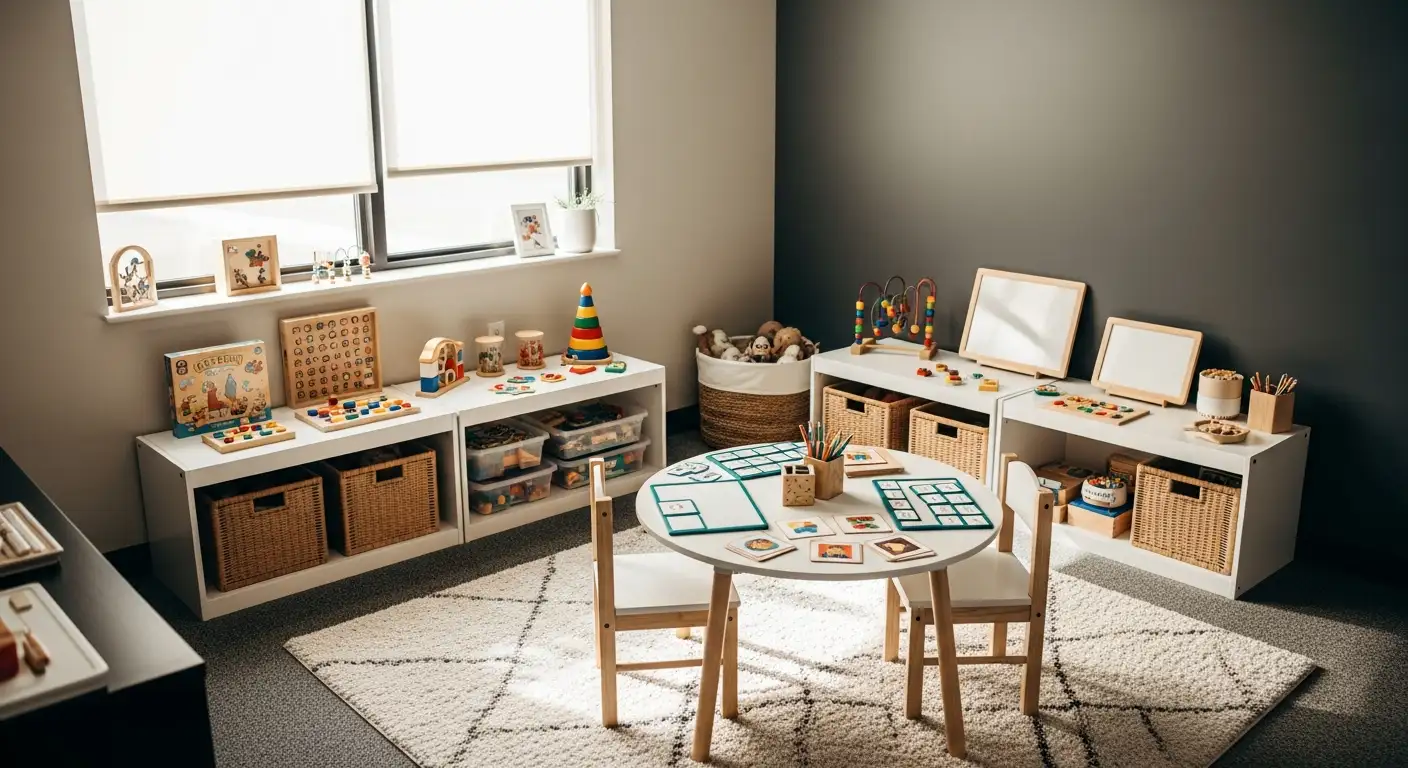
Expressive Speech Delay 2-Year-Old
Understanding and Addressing Expressive Speech Delay in Toddlers

How Speech Recognition Works
Unlocking the Power of Speech Recognition in Therapy and Healthcare

Autism and Head Size
Understanding the Complex Relationship Between Autism and Head Size
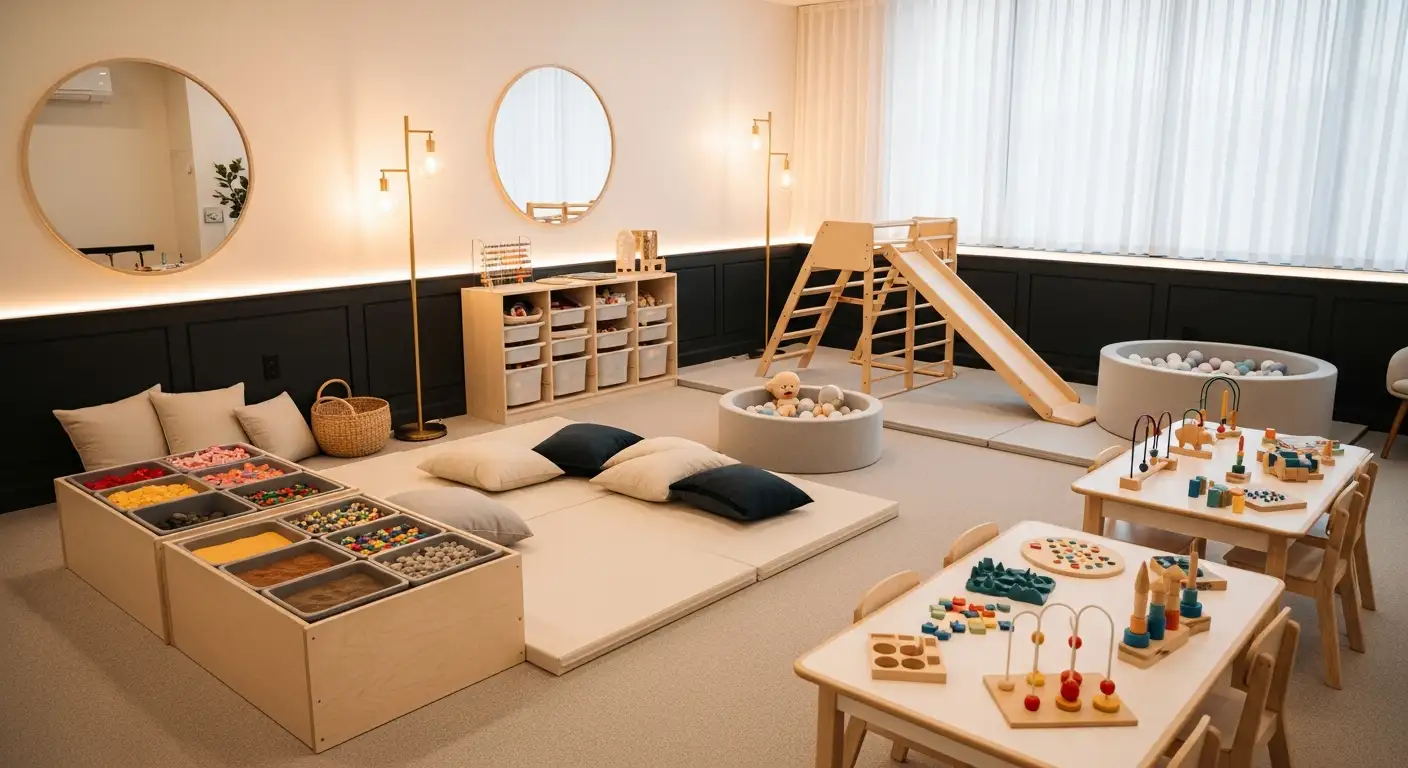
Occupational Therapy in Autism
Enhancing Independence and Quality of Life Through Occupational Therapy in Autism

Do Autistic People Understand Sarcasm?
Navigating the Nuances: Understanding Sarcasm and Social Communication in Autism
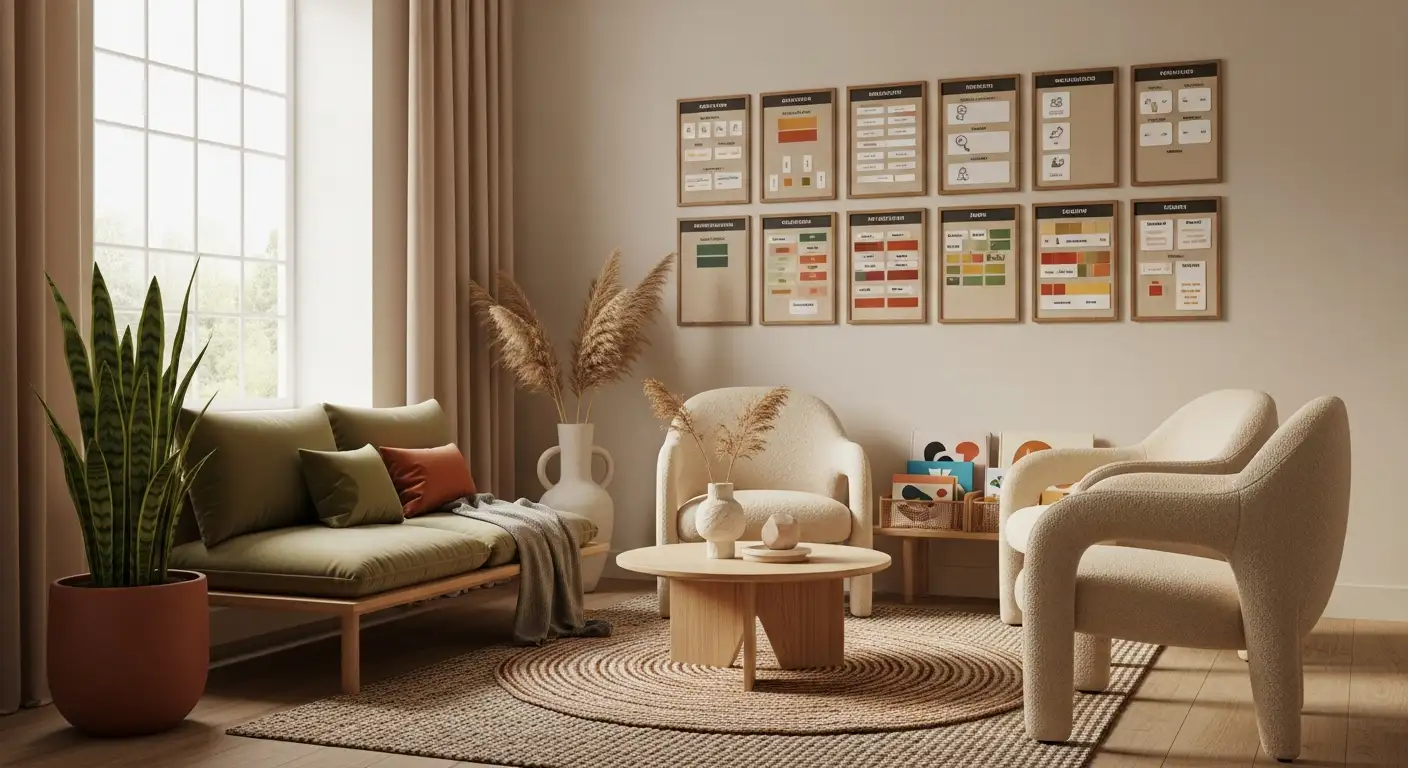
Autism Routines
Crafting Effective Daily Structures for Children with Autism

